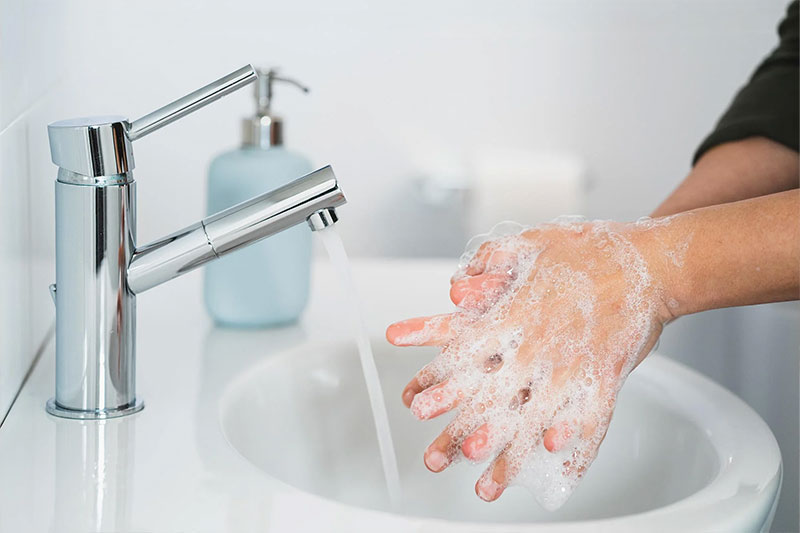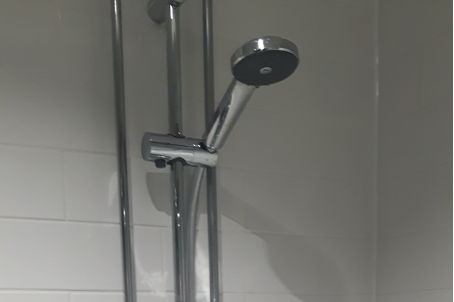I have just returned from a legionella risk assessment at a care home in Cannock. The care home was no more than 25 years old and had no stored water. On first look, one might imagine that the risk of legionella bacteria affecting such a simple water system would be minimal: there was no stored water – either hot or cold, with all cold outlets being mains-fed and all hot outlets were fed by a combination boiler. All showers were regularly used, cleaned and disinfected quarterly, as had been previously advised in the last legionella risk assessment carried out 2 years previously (a legionella risk assessment should be carried out at least bi-annually or sooner where changes are made to a building’s water system).
However, when I began conducting the legionella risk assessment, I found that there were 3 long runs of capped-off pipework in one loft space. The pipework had been hidden behind insulation and boxes in the loft and had gone un-noticed on the previous legionella risk assessment. When I informed the owner, they said that they had been unaware of it and that it must have been there since the extension had been built 15 years ago. Such dead pipework (known commonly as a ‘dead leg’ or ‘dead end’) can provide perfect conditions for the proliferation (or growth) of the legionella bacteria – stagnant water sits inside the pipework and, at luke warm temperatures, this can cause a significant risk of legionella affecting the water system as a whole, and therefore increasing the risk of Legionnaires Disease to the building’s users.
At times, this very dirty, bacterially-affected water can ‘back-flow’ into the main system’s pipework – particularly at times when the water pressure either rises or drops within the system. The fact that these stagnant pipes were part of the same hot and cold system as provided water for the showers in a care home housing ‘high risk’ pensioners (a person is at a high risk from the legionella bacteria if they are over 45 years old, heavy smokers, drinkers, or those with immune problems). The fact that Legionnaires Disease is contracted by inhaling water spores containing the legionella bacteria means that these showers are at risk of spraying spores of such water affected by the legionella bacteria, Such dead pipework is surprisingly common in all buildings – new and old – and is very easy to miss or ignore.
The legionella risk assessment also found a number of other smaller parts of the building’s plumbing system which could potentially cause a heightened risk of legionella proliferation. The legionella risk assessment report advised of each of each of these risks and how they could be fixed. Furthermore, the legionella risk assessment outlined a detailed written scheme which the building’s owners should follow in order to ensure the risks of the legionella bacteria remained minimised.
This risk assessment at the care home in Cannock is a good example of how buildings should never be assumed to be low-risk because they are relatively modern or because they have no stored water.
If you are responsible for a care home, or any building used by the public, employees, tenants or guests, and you require a legionella risk assessment – then get in touch with MLC.




